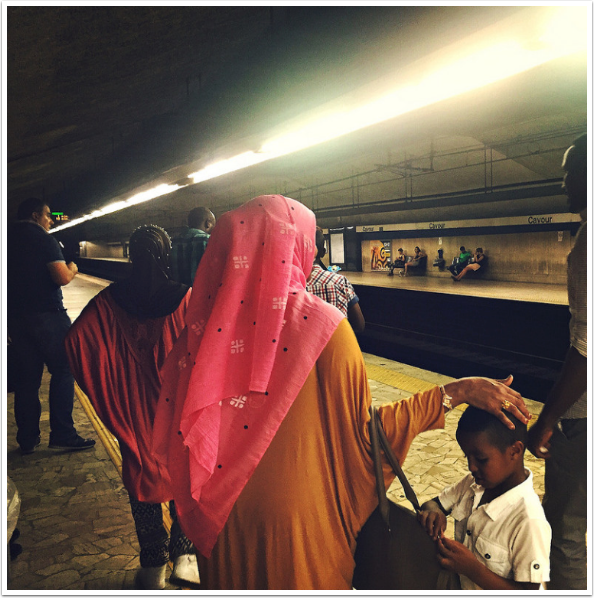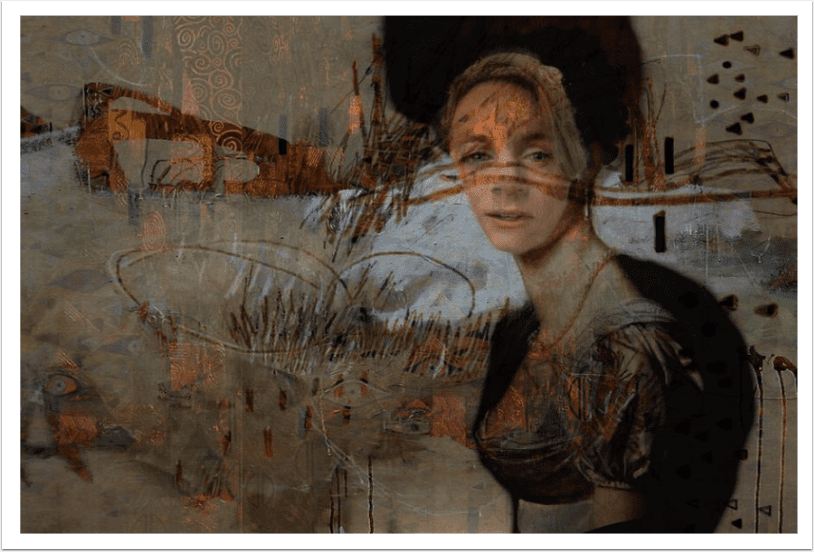StreetVIEW – Cheyenne – The Magic City of the Plains by Laura Peischl
We are delighted to publish this wonderful article by our Columnist Laura Peischl who’s travelling the US right now. As well as writing the text, Laura sent us some beautiful mobile images from her trip. We have put these together into a video showcase with the music of her choice ‘Blue Train’ by Johnny Cash. Don’t miss this…
“The City of Cheyenne had its beginning in 1867, when the Union Pacific Railroad came through on its way to the west coast. The town site was first surveyed by General Grenville Dodge and was named for an Indian tribe that roamed the area (originally called ‘Shey’ an’ nah’, belonging to the tribe of Alogonquian, the largest family of Indians on the North American Continent). General Grenville M. Dodge, as the head of construction for the Union Pacific Railroad, envisioned this area he called Crow Creek Crossing as an important division point for the railroad.Dodge founded Cheyenne and began plating it on nation’s birthday, July 4 of 1867. The town grew rapidly to over 4,000 citizens by the time rails were spiked down there that November. Eastern newspapers called it the “Magic City of the Plains” because the town sprang up like magic.
As a major railhead for the cattle industry from its founding, the town was a second home for English and European cattle barons. By 1885, Cheyenne was considered the richest city, per capita, in the world.
Many common men who arrived in this city in its infancy became wealthy beyond imagination. Their fortunes grew right along with Cheyenne. Small stores emerged as large businesses, attracting worldwide attention.
By the early 1880s, batten board buildings with false fronts gave way to those of brick and stone with an eastern flair. Dozens of fancy mansions with imported marble and fine woods were built near where the Capitol Building ( a copy of the Capitol) would later be constructed. These large homes on “Cattle Baron Row” displayed the affluence and elegance of the new frontier’s finest. But, due to an incredibly severe winter of 1886-1887, the beef industry collapsed with the starvation of tens of thousands of cattle.
Cheyenne began a whole new era, yet the old legends still remain.
The history of Cheyenne is closely related to the Union Pacific Railroad. The Union Pacific Depot was finished in November 1887 due to the influence of the cattle barons and was one of the finest depots in America. Nowadays the depot plaza is used throughout the year for concerts, farmer’s markets, civic events, and the famous pancake breakfast during Cheyenne Frontier Days.

The Becker Hotel’s history is also closed connected to the development of the railroad. 1902, representatives of the Burlington Railroad visited owner John Becker with an offer he had to refuse. The Colorado and Southern Railroad was operated by Burlington. The company wanted to restore an old track from Fort Collins, Colorado, to Cheyenne. Most of the rails had been torn out years earlier. The president of the line, General Grenville Dodge, had big plans for the city he’d founded 35 years before. He wanted the track, plan to run from Texas to Montana, to connect with the tracks that terminated across the street where the Depot Plaza is today. In order to do that, the rails would have had to come through an area where several buildings stood in the way. The Becker Hotel was one such obstacle. The idea was to buy and tear down the old buildings but the hotel owner, however, refused to sell. The railroad finally bought the hotel from Backer. Dozens of hydraulic jacks lifted the old Backer and slowly moved it fourth-four feet closer to the Union Pacific depot. The task was arduous, time consuming, and even made national news. Becker just knew his old hotel would crumble like sand under the stress. It did NOT and not a single brick was shaken loose.
One of the most impressive attractions in Cheyenne is the Big Boy locomotive.
Even in retirement, Old Number 4004 remains an imposing sight. The world’s largest steam locomotive, this powerful coal-fired engine was designed to pull a 3600-ton train over steep grades between Cheyenne, WY and Ogden, Utah. The 4004 is one of the eight remaining Big Boys on display throughout the country.
Another lovely attraction is the Lincoln theatre. Founded in 1930, the Cheyenne Little Theatre Players (CLTP) is one of the oldest community theatre groups in the United States, as well as one of the oldest continuously operating organizations in Cheyenne.
Well, I could go on and on with a lot of other stories but I will stop now, enjoy the images and go visit Cheyenne if you are in Wyoming”.


